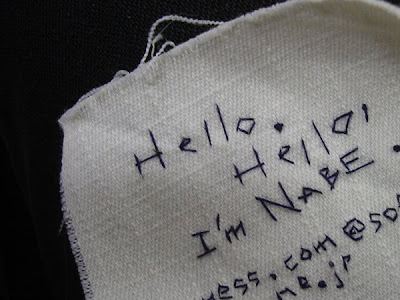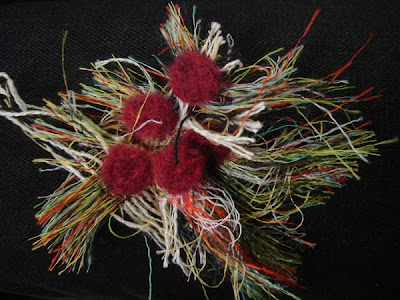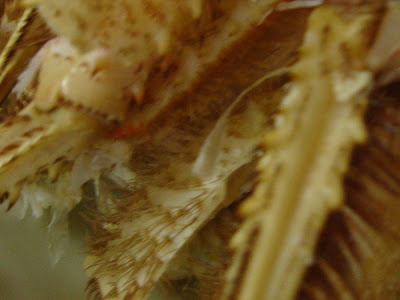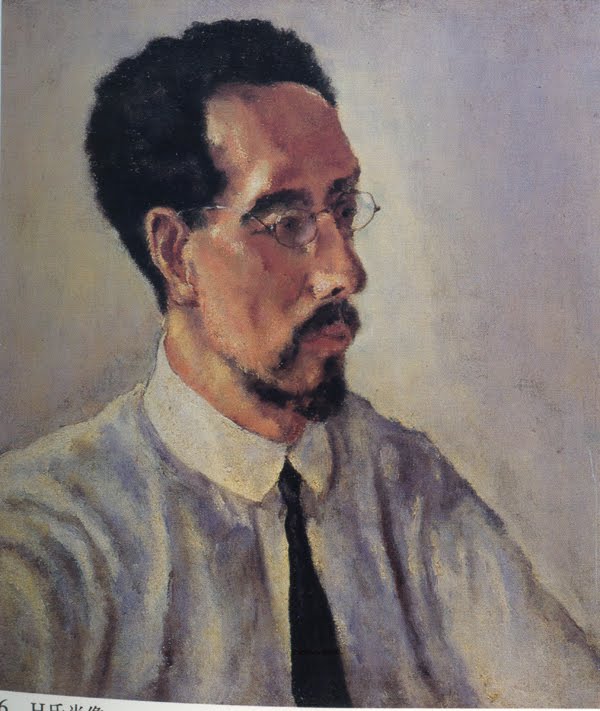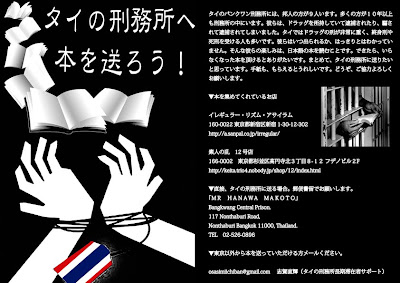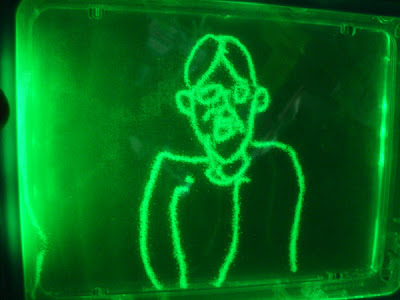「大逆事件:管野スガの書簡見つかる 幸徳秋水の無罪訴え」
http://mainichi.jp/select/today/news/20100129k0000e040085000c.html?inb=fa
---
in English:
'Hidden for 100 Years: Kanno's Secret Message from Prison'
(from Adrienne Hurley's Blog on PM Press)
http://www.pmpress.org/content/article.php/20100130162821568
The High Treason Incident: Kanno Suga insisted upon the innocence of Kotoku Shusui in a newly-found letter
By Takeda Yoshitaka
The Mainichi Shimbun, January 29, 2010
Translated by Daigo Shima, Ph.D. student in East Asian Studies, McGill University
This is a picture of the newly-discovered letter and its envelope. It looks like a blank piece of paper, but it actually contains a hidden message. (Photographed by Takeda Yoshitaka)
Kanno used a needle to inscribe the hidden message on the paper.
Kanno Suga (aka. Kanno Sugako, 1881-1911) was the only female among the twelve socialists who were executed in the High Treason Incident of 1910. A letter Kanno sent from jail to a journalist has been discovered in Abiko City, Chiba, Japan. In the letter, Kanno insists upon the innocence of Kotoku Shusui (1881-1911), who was one of the other twelve who were executed. The letter looks blank, but it actually contains a hidden message. In order to avoid censorship, Kanno poked tiny holes in the letter, thereby inscribing a message on it. The message cannot be read unless the letter is held against the light. This year, 2010, happens to be the 100th anniversary of the High Treason Incident. Therefore experts are surprised by the fact that such a significant primary source remained to be discovered for as long as 100 years.
The letter was discovered on a book shelf in the living room of the house in which Sugimura Sojinkan (1872-1945), a news reporter for the Asahi Shimbun, used to live. Before the High Treason Incident, Kanno and Kotoku were not only comrades, but they also temporarily lived together. In the letter, Kanno predicts that she and three others would soon be sentenced to death. She also implores Sugimura to carry out an exhaustive investigation, and to provide Kotoku with a lawyer. At the end of the letter, Kanno emphasizes the innocence of Kotoku by stating that he does not know anything at all. The date written on the letter is June 9th.
The letter was found neatly folded sixteen times in a stamped envelope. The postmarked date is June 11th, and the post-office mark is that of the Ushigome branch, Tokyo. At this time, Kanno and Kotoku were being interrogated in prison. It still remains unclear how Kanno could mail the letter from prison and how Sugimura received it , but Kobayashi Yasutatsu, one of the researchers of the School Board of Abiko City, maintains that there is a strong possibility that Kanno actually wrote the message by herself. Kobayashi thinks that the contents of the letter, such as "I and other three," can be read as reliable evidence that it was Kanno herself who wrote it. Kobayashi believes that the discovery of the letter and its content are of truly historical significance.
Sugimura Sojinkan was an old friend of Kotoku, and he also knew Kanno. After the High Treason Incident, Sugimura worked as a European correspondent, but it seems that he kept silent about the letter for the rest of his life, secretively keeping it at his house.
Yamaizumi Susumu, the vice-president of Meiji University specializing in research of the High Treason Incident and the history of political thought, states as follows; “It is amazing that letter which was secretively hidden for as long as 100 years has been discovered. I think this letter is a significant primary information source to re-evaluate the thoughts and character of the people involved in the High Treason Incident.
◇The full text of the letter◇
To: Sugimura Jyuou [Sugimura's pen name]
Asahi Shimbun
Kyobashi-ku, Takiyama-cho
From: Kanno Sugako
Because of the bomb incident I and three others will soon be sentenced to death.
I do hope you are carrying out an exhaustive investigation. Also I sincerely implore you to provide Kotoku with a lawer. June 9th. He does not know anything at all.













